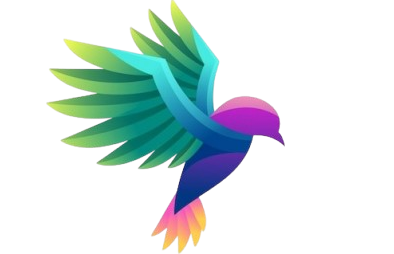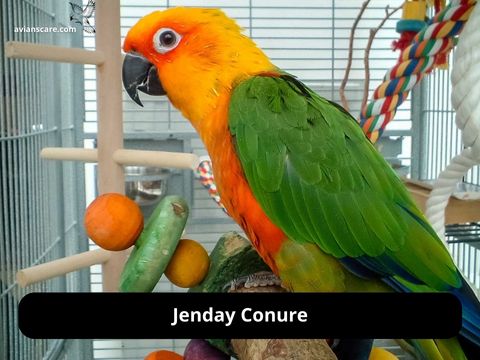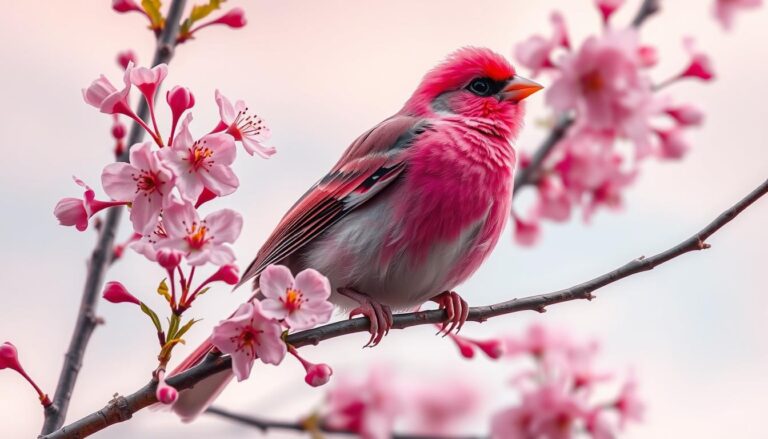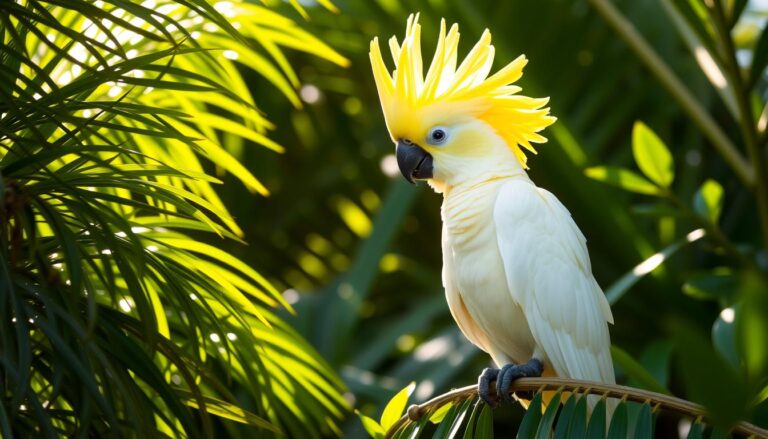Where do green cheek conures come from ?
Green cheek conures come from the lush forests of South America. They have bright colors and charming personalities. These parrots live in places like eastern Brazil, Bolivia, Paraguay, and northern Argentina.
They love different kinds of places, from wet rainforests to dry scrubby areas. Knowing where they come from helps us take care of them better when they’re pets.
Key Takeaways
- Green cheek conures are native to the lush forests of South America, particularly Brazil, Bolivia, Paraguay, and northern Argentina.
- They thrive in a variety of habitats, from tropical rainforests to dry, scrubby environments.
- Knowing the origins and natural habitat of green cheek conures helps in understanding their unique needs and providing them with the best care in captivity.
- These birds are prized for their vibrant plumage and engaging personalities, making them popular pet choices among bird enthusiasts.
- Conserving the natural habitats of green cheek conures is crucial to ensure the long-term survival of these delightful avian species.
Understanding Green Cheek Conures: Species Overview
Green cheek conures, also known as Pyrrhura molinae, are colorful parrots from South America. They have a mix of physical traits and personalities that make them loved by many. This has made them a favorite among bird lovers around the world.
Physical Characteristics and Distinctive Features
Green cheek conures are medium-sized birds, growing 10-12 inches long and weighing 3-5 ounces. Their most striking feature is their green color, with red or maroon cheeks. This gives them their name. They also have a unique tail shape, which is rounded and graduated.
Common Personality Traits
These birds are lively, energetic, and loving. They are very smart and social, often becoming close to their owners. They also make a lot of noise, with chirps, whistles, and chatters that are very charming.
Average Lifespan and Size
In captivity, green cheek conures can live 15-30 years, with an average of 20 years. Their small size and build make them great for aviaries or large cages. This allows owners to watch and interact with them easily.
If you’re thinking of getting a green cheek conure, knowing about their looks and personalities is key. It’s the first step to giving them the best care and enjoying a great partnership.
Natural Habitat and Distribution Range
Green cheek conures are known for their bright colors and fun personalities. They live in the green forests of South America. These birds are found in many places across the continent.
The main natural habitat of green cheek conures is in the forests of Brazil, Bolivia, Paraguay, and northern Argentina. These places have lots of food, homes, and the right weather for them.
- They love the dense forests of the Amazon rainforest and the drier Chaco and Pantanal biomes.
- They also live in the cloud forests and mountains of the Andes, up to 2,500 meters (8,200 feet) high.
- In their native range, green cheek conures help spread seeds and pollinate plants by eating and moving around.
Green cheek conures can live in many different places in South America. They can handle different climates and plants. This helps them stay healthy and strong in their homes.
“Green cheek conures are truly remarkable birds, with a natural habitat that showcases the incredible diversity of South America’s ecosystems.”
Knowing where green cheek conures come from and their natural habitat helps us understand their special qualities. It also shows why we need to protect their homes.
Where do green cheek conures come from?
Green cheek conures are loved by many for their vibrant colors and playful nature. They come from the lush, tropical areas of South America. Their story is fascinating, starting in their natural habitats.
South American Origins
These birds are from countries like Brazil, Bolivia, Paraguay, and Argentina. They live in different environments, from the dense Amazon rainforest to the dry Chaco scrublands.
Geographical Distribution
Green cheek conures are found in many places in South America. They love the tropical and subtropical forests, woodlands, and savannas. Their ability to live in various places shows how adaptable they are.
Native Ecosystems
These birds are well-suited to South America’s diverse ecosystems. They live in the Amazon rainforest, Chaco scrublands, and Cerrado woodlands. These habitats give them everything they need to thrive.
“Green cheek conures are a true testament to the incredible biodiversity of South America, thriving in the region’s diverse landscapes and ecosystems.”
Life in the Wild: Natural Behaviors
Watching green cheek conures in their natural habitat is fascinating. It shows us how they adapt and survive in South America. These parrots have behaviors that help them live well in their tropical homes.
Their social lives are especially interesting. Wild green cheek conures live in groups, foraging and traveling together. They use sounds and body language to talk to each other. Their chirps, squawks, and aerial shows show how they work together and stay close.
They also have different ways of finding food. With strong beaks and quick movements, they get fruits, nectar, nuts, seeds, and insects from trees and plants. This shows how clever and resourceful they are.
- Fruits and berries from the forest canopy
- Nectar from vibrant tropical flowers
- Nuts and seeds from various plant species
- Insects and other small invertebrates
These birds are great at finding food in their homes. It’s a sign of their strength and ability to survive.
They also do things like preening, roosting, and nesting. These actions keep them healthy and help them have babies. It’s important for their species to keep going.
“Green cheek conures are truly fascinating creatures, their natural behaviors and adaptations showcasing the wonders of avian evolution and the resilience of life in the wild.”
Learning about wild green cheek conures helps us appreciate their world. It shows us why we need to protect these amazing birds for the future.
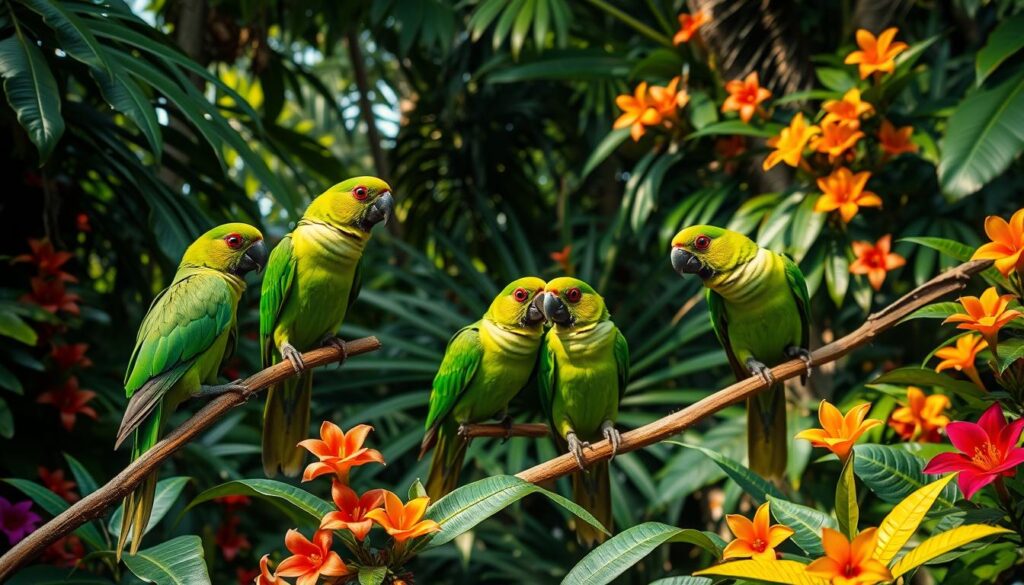
Social Structure and Flock Dynamics
Green cheek conures are very social birds. They live in close groups in the wild. Knowing how they act and live together is key to understanding them.
Communication Methods
These birds use many sounds to talk to each other. They chirp, whistle, trill, and squawk. These sounds mean different things, like saying hello or warning others.
They also use body language. They flap their wings and bob their heads to show how they feel. This helps them talk without making a sound.
Bonding Patterns
Green cheek conures are very close to their mates and family. They often stay together for life. They work together to take care of their young and keep the group strong.
Young birds stay with their parents for a long time. They learn important skills and how to act from them.
Hierarchy in Wild Flocks
In their groups, there is a clear leader. The older, more experienced birds lead. They show who’s boss by being loud and bold.
This order keeps things running smoothly. It helps everyone get what they need and stay safe.
| Flock Behavior | Description |
|---|---|
| Vocalizations | Diverse range of sounds, including chirps, whistles, trills, and squawks, used for communication. |
| Body Language | Wing flapping, head bobbing, and other physical cues to express emotions and intentions. |
| Pair Bonding | Strong, lifelong partnerships between mates, with shared parental responsibilities. |
| Social Hierarchy | Dominant individuals establish their position through displays of aggression and assertiveness. |
Learning about green cheek conures’ social lives helps us understand them better. It shows how their behavior and group dynamics affect their survival and happiness in the wild.
Diet and Feeding Habits in Their Native Environment
Green cheek conures have a varied and flexible diet in the wild. These colorful parrots are great at finding food in their South American homes. They search for different types of food to eat.
In the wild, they mainly eat fruits, seeds, nuts, and berries. They love tropical fruits like figs, guavas, and mangoes that grow in their area. They also eat seeds from grasses and shrubs, and nuts and seeds from palm trees.
The green cheek conure’s diet changes with the season and location. Sometimes, they eat nectar from flowers or small insects and invertebrates to get the nutrients they need.
These parrots are good at finding food. They often work together to find and get to food. They use their strong beaks to open nuts and seeds. Their agile feet help them pick up and hold onto food.
| Food Item | Frequency in Diet |
|---|---|
| Tropical Fruits | High |
| Seeds and Nuts | Moderate to High |
| Nectar | Occasional |
| Insects | Occasional |
The diet of green cheek conures in the wild is key to their health and energy. Knowing how they eat in the wild helps us care for them better in captivity.
Breeding Patterns in Natural Habitats
Green cheek conures show interesting breeding habits in their natural homes. They have a special mating season and nesting preferences. Let’s explore how they care for their young.
Mating Season
Green cheek conures usually breed during the rainy season. This time varies by location in South America. They have plenty of food to support their families during this time.
Their mating ritual is full of displays, sounds, and bonding. It strengthens the male and female’s connection.
Nesting Preferences
These birds nest in different natural spots like tree hollows and crevices. They use twigs, leaves, and bark to build their nests. Their nesting habits are key to raising their young safely.
Parental Care
- Both parents incubate the eggs, which are 4 to 6 in a clutch.
- They work together to feed and care for their chicks.
- The chicks stay with their parents for a long time. They learn important survival and social skills.
The green cheek conure breeding process shows their parents’ dedication. It’s a key part of their success in their natural habitats. Understanding these habits helps us see how amazing these parrots are.
Conservation Status and Population Threats
The green cheek conure, a vibrant and beloved parrot species, faces significant conservation challenges. These charming birds have captivated avian enthusiasts worldwide. However, their population in the wild is under threat from various environmental and human-driven factors. Understanding the current conservation status and the primary threats to green cheek conure populations is crucial to safeguarding their future.
Conservation Status
The International Union for Conservation of Nature (IUCN) currently lists the green cheek conure as a Least Concern species. This classification does not mean the species is thriving. It simply means their population numbers are not yet at a level that would warrant a more severe conservation status.
Population Threats
Despite their Least Concern status, green cheek conures face many threats. These threats could jeopardize their long-term survival in the wild. The primary threats include:
- Habitat Loss: The steady destruction and fragmentation of their native South American habitats, often due to deforestation, urbanization, and agricultural expansion, have significantly reduced the available living spaces for green cheek conures.
- Illegal Pet Trade: The high demand for these colorful birds in the pet trade has led to the illegal capture and trafficking of wild individuals, further depleting their populations.
- Climate Change: The shifting weather patterns and extreme climatic events associated with climate change threaten to disrupt the delicate ecosystems upon which green cheek conures depend for survival.
Addressing these pressing conservation concerns is crucial to ensuring the long-term viability of the green cheek conure population. Collaborative efforts involving government agencies, conservation organizations, and local communities are necessary. They must implement effective strategies for habitat preservation, anti-poaching measures, and climate change mitigation.
“The green cheek conure is a true marvel of nature, and we have a responsibility to protect this species for future generations. By addressing the threats they face, we can secure a brighter future for these vibrant birds.”
Adaptation to Captivity and Domestication
Green cheek conures come from the lush forests of South America. They have shown great adaptability in becoming beloved pets. These birds are intelligent and social, forming strong bonds with their owners.
One of the most charming things about green cheek conures is how they show affection. They cuddle, preen, and even mimic their owners. This creates a deep sense of companionship, cherished by their caretakers. Their domestication has allowed them to thrive in homes, far from their wild origins.
| Trait | Wild Green Cheek Conures | Domesticated Green Cheek Conures |
|---|---|---|
| Socialization | Live in large, tightly-knit flocks | Bond closely with their human families |
| Feeding Habits | Forage for a variety of seeds, fruits, and insects | Rely on a balanced, nutritious diet provided by their owners |
| Nesting Behavior | Nest in tree cavities or other natural shelters | Thrive in comfortable, bird-safe enclosures and cages |
The transition of green cheek conures from the wild to domestic life is remarkable. It shows their resilience and adaptability. As these birds win the hearts of pet owners globally, their journey highlights the unique bond between humans and these avian friends.
Impact of Climate Change on Native Populations
The world’s climate is changing, and green cheek conures are facing big threats. Deforestation, warmer temperatures, and changes in rain are making their homes unsafe. These changes are a big worry for green cheek conures, especially because they’re losing their habitats.
Habitat Loss Concerns
The forests that green cheek conures love are disappearing fast. Humans are taking over these areas, leaving the birds without homes or food. This is a huge problem for their survival in South America.
Future Survival Challenges
Green cheek conures will have to deal with many challenges as the climate changes. Weather changes might affect their food, and warmer temperatures could make it hard for them to survive. Scientists and conservationists are trying to help, but the future is still unsure.
FAQ
Where do green cheek conures come from?
Green cheek conures come from South America. They are found in countries like Brazil, Bolivia, Paraguay, and Argentina. They live in tropical and subtropical forests, woodlands, and savannas.
What are the physical characteristics and distinctive features of green cheek conures?
Green cheek conures are small to medium-sized parrots. They have vibrant green feathers with yellow or orange cheeks. They have a rounded head, curved beak, and short tail.
They are about 10-12 inches long and weigh 3-5 ounces.
What is the average lifespan of green cheek conures?
In captivity, green cheek conures can live up to 30 years. With proper care, they can live a long life. In the wild, they live about 15-20 years.
What are the common personality traits of green cheek conures?
Green cheek conures are playful, curious, and affectionate. They are very intelligent and can learn tricks. They bond strongly with their owners and can talk a lot.
Where are green cheek conures native to?
They are from South America. They live in the tropical and subtropical regions of Brazil, Bolivia, Paraguay, and Argentina. Their homes are dense forests, woodlands, and savannas.
How do green cheek conures show affection?
They show love in many ways. They cuddle, snuggle, and preen their owners. They also climb on shoulders or hands.
They make soft chirping sounds to show happiness and bond with their humans.
What is the social structure and flock dynamics of green cheek conures in the wild?
In the wild, they live in small to medium-sized groups. They talk and use body language to show who’s boss. This helps them survive and reproduce.
What is the natural diet of green cheek conures in the wild?
They mainly eat fruits, nuts, seeds, and berries. They are good foragers and travel in groups to find food. Their diet changes based on where they are and what plants are available.
How do green cheek conures breed in their natural habitat?
They breed during the rainy season in South America. They form pairs and build nests in tree cavities. The female lays 2-6 eggs, and both parents incubate them.
The young stay in the nest for weeks, learning important survival skills from their parents.
What is the current conservation status of green cheek conures?
They are listed as Least Concern by the IUCN. But, they face threats like habitat loss and the illegal pet trade. Efforts are being made to protect their homes and monitor their numbers.
